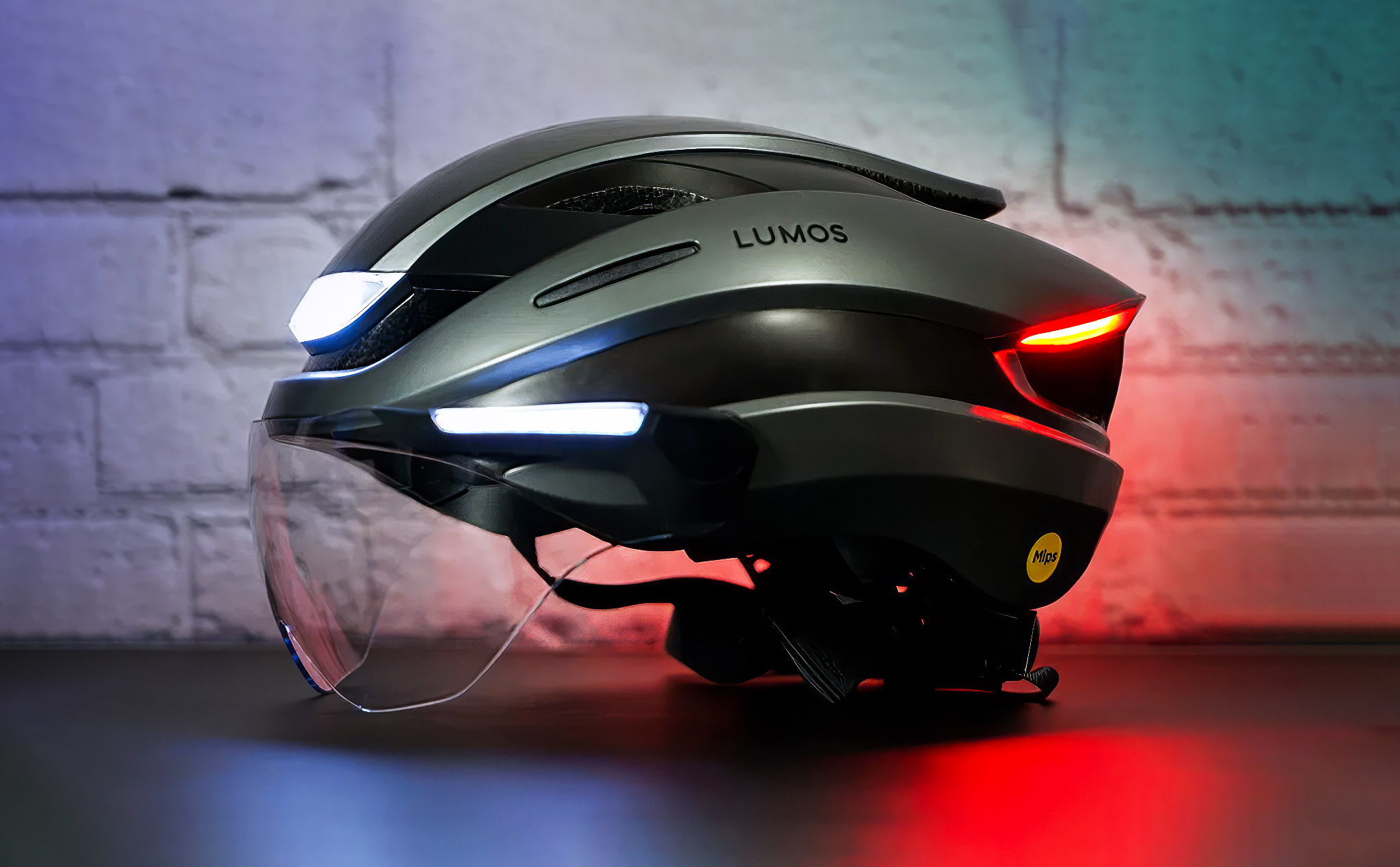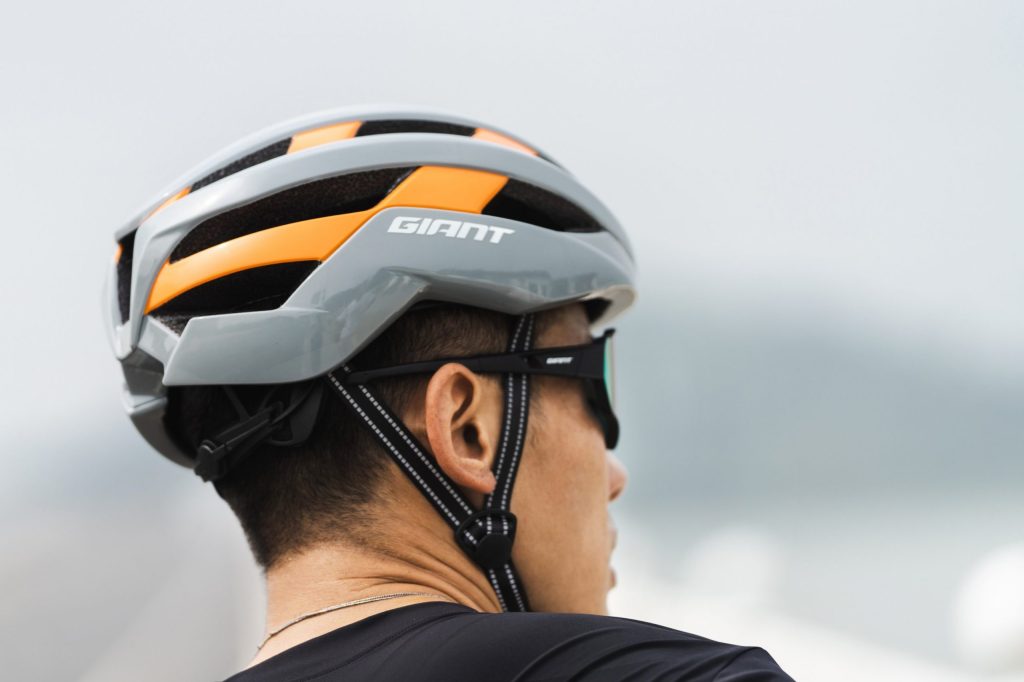When it comes to cycling and motorcycling, wearing a helmet is crucial for safety. Both motorcycle helmets and bicycle helmets are designed to protect your head in case of an accident, but they are not interchangeable. These two types of helmets serve similar purposes but differ significantly in design, protection, and function. Understanding the differences between motorcycle helmets and bicycle helmets can help you make an informed decision about your safety gear.
In this article, we will explore the key differences between motorcycle helmets and bicycle helmets, so you can understand why each is specifically designed for its intended purpose. From safety standards to structural design, we will break down everything you need to know about choosing the right helmet for your activity.

1. Design and Structure: A Matter of Protection
The most noticeable difference between motorcycle and bicycle helmets is their design and structure. Both helmets have a hard outer shell, but the level of protection they offer varies due to their intended use.
Motorcycle Helmets:
Motorcycle helmets are designed to withstand high-speed impacts. These helmets have a more rigid and sturdy construction to protect against severe crashes, which are more common in motorcycling than cycling. The design of motorcycle helmets typically features:
- Full-face protection: A motorcycle helmet usually covers the entire head, including the chin and jaw, providing comprehensive protection against frontal impacts.
- Thicker padding and more advanced materials: Motorcycle helmets often use stronger materials like fiberglass, carbon fiber, and polycarbonate to absorb the higher forces involved in motorcycling crashes. The inner padding is thicker to absorb impact forces more effectively.
- Aerodynamics: The design of motorcycle helmets often includes aerodynamic elements to reduce wind resistance at high speeds. This helps minimize neck strain and noise when riding at faster speeds.
Bicycle Helmets:
Bicycle helmets are generally designed for lower-speed impacts compared to motorcycle helmets. These helmets are lighter, simpler, and typically feature a partial shell that doesn’t provide full coverage for the face. Key features of bicycle helmets include:
- Ventilation: Bicycle helmets are designed with numerous ventilation holes to allow airflow and keep the rider cool, especially during extended rides or physical exertion.
- Lightweight construction: Bicycle helmets are made from lighter materials like expanded polystyrene (EPS) foam and a thin outer shell, as cyclists are less likely to experience the high-speed crashes associated with motorcycles.
While bicycle helmets offer protection for the head, they generally don’t cover the chin, and their structure is not designed for the kind of severe impacts typical of motorcycle accidents.

2. Safety Standards and Certification: Meeting Different Needs
One of the most important aspects of helmet design is ensuring that they meet safety standards. Both motorcycle and bicycle helmets undergo rigorous testing to ensure they provide adequate protection, but the safety standards vary between the two.
Motorcycle Helmet Safety Standards:
Motorcycle helmets are subjected to more demanding safety standards due to the higher risks associated with motorcycle riding. In many regions, motorcycle helmets must meet standards set by agencies such as:
- DOT (Department of Transportation): This certification is required for all helmets sold in the United States and ensures that the helmet meets basic safety requirements.
- ECE (Economic Commission for Europe): The ECE 22.05 standard is commonly used in Europe and includes more stringent testing protocols, especially for impact absorption.
- SNELL: The SNELL Foundation tests helmets to even higher standards, ensuring that the helmet can handle more severe impacts and offer better protection in crashes.
Motorcycle helmets must pass these rigorous tests to be considered safe for use at high speeds, where the risk of head injury is much greater.
Bicycle Helmet Safety Standards:
Bicycle helmets are typically subject to less stringent testing, as they are designed for slower-speed crashes. However, they still must meet certain safety standards, such as:
- CPSC (Consumer Product Safety Commission): In the U.S., bicycle helmets must meet the CPSC standard, which includes impact tests, penetration tests, and retention system tests.
- EN 1078: In Europe, bicycle helmets are tested according to the EN 1078 standard, which focuses on impact absorption and helmet stability during an accident.
While these standards ensure that bicycle helmets provide adequate protection for typical cycling accidents, they are not designed to handle the intense forces generated in high-speed motorcycle crashes.
3. Weight: The Need for Comfort and Convenience
Another key difference between motorcycle helmets and bicycle helmets is their weight. The added protection and materials required for motorcycle helmets make them heavier, while bicycle helmets are designed for comfort and ventilation.
Motorcycle Helmets:
Motorcycle helmets tend to be heavier due to the thicker padding, reinforced chin bars, and durable outer shells. The added weight is necessary to provide protection against high-speed crashes, but it can be uncomfortable during long rides if the helmet isn’t well-balanced. However, modern motorcycle helmets use lightweight materials like carbon fiber and advanced composites to reduce weight without compromising safety.
Bicycle Helmets:
Bicycle helmets are lightweight and designed to be as comfortable as possible for long rides. Since cyclists are typically not traveling at the high speeds associated with motorcycling, weight is less of a concern for safety. Bicycle helmets often weigh less than half the weight of a typical motorcycle helmet, making them more comfortable for extended use. Their lightweight nature also enhances ventilation, which is important for cyclists who exert themselves physically on rides.
4. Chin Protection: Coverage and Safety
When it comes to chin protection, motorcycle helmets excel in providing comprehensive coverage, while bicycle helmets generally lack this feature.
Motorcycle Helmets:
Motorcycle helmets are full-face helmets, meaning they cover the entire head, including the chin and jaw. The chin bar in motorcycle helmets is specifically designed to protect the face and chin in the event of a crash. The chin protection in motorcycle helmets is reinforced to absorb impact energy, reducing the risk of facial injuries during accidents.
Bicycle Helmets:
Bicycle helmets typically do not offer chin protection. Most bicycle helmets are open-face designs, leaving the chin and jaw exposed. This design is based on the fact that bicycle accidents typically involve lower speeds, and the risk of face injuries is considered less significant compared to motorcycling. However, riders are still at risk of chin and facial injuries in certain types of crashes.
5. Ventilation and Comfort: Prioritizing Different Needs
Both types of helmets are designed for comfort, but they focus on different aspects depending on the activity.
Motorcycle Helmets:
Motorcycle helmets prioritize wind resistance and stability over ventilation. While many modern motorcycle helmets come with adjustable vents, their primary focus is on protection, especially at higher speeds. For long-distance motorcyclists, comfort can be improved through features like padded liners, anti-fog visors, and noise-canceling designs. However, ventilation may not be as optimized as in bicycle helmets, which can lead to discomfort in warmer conditions.
Bicycle Helmets:
Bicycle helmets are designed with maximum ventilation in mind. Since cyclists are more likely to engage in physical exertion and are often exposed to warmer temperatures, bicycle helmets feature larger vents and mesh padding to keep riders cool. This makes bicycle helmets ideal for long rides in hot conditions, where heat buildup could otherwise lead to discomfort or overheating.
6. Cost: Differences in Pricing
The price of a helmet can vary significantly based on its design, materials, and safety features. Generally speaking, motorcycle helmets tend to be more expensive than bicycle helmets.
Motorcycle Helmets:
Motorcycle helmets are typically more expensive due to their advanced safety features, heavier construction, and additional elements like integrated communication systems, visors, and enhanced impact protection. The materials used in motorcycle helmets, such as fiberglass, carbon fiber, and polycarbonate, also contribute to the higher cost.
Bicycle Helmets:
Bicycle helmets are generally more affordable due to their simpler design and lightweight materials. While high-end bicycle helmets can still be pricey, they are usually less expensive than motorcycle helmets because they don’t need to offer the same level of protection or use the same heavy-duty materials.
Conclusion: Which Helmet Is Right for You?
The choice between a motorcycle helmet and a bicycle helmet ultimately depends on your riding activity and safety needs. Motorcycle helmets are designed for high-speed, high-impact crashes and offer comprehensive protection, including chin guards, thicker padding, and stronger materials. In contrast, bicycle helmets are lightweight, ventilated, and suitable for slower-speed crashes, making them ideal for cycling activities.
If you’re a motorcyclist, don’t risk your safety by using a bicycle helmet. Likewise, if you’re cycling, make sure to use a helmet specifically designed for cycling. Both helmets are crucial for preventing head injuries, but they must be used in the appropriate context to provide optimal protection.
When choosing a helmet, always prioritize safety, comfort, and the specific requirements of your activity to ensure you get the best possible protection for your head.


